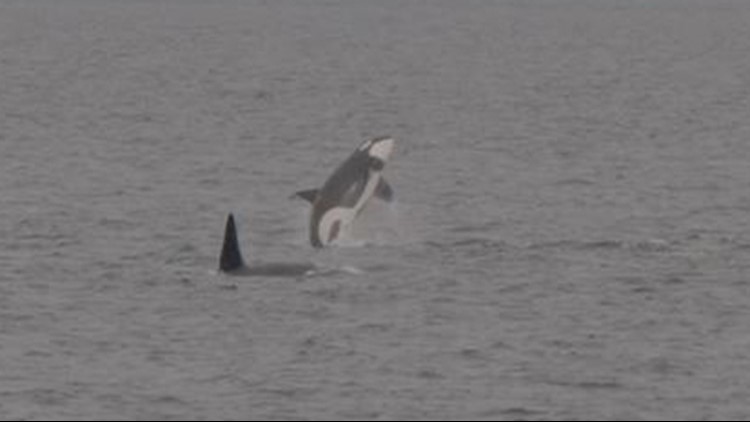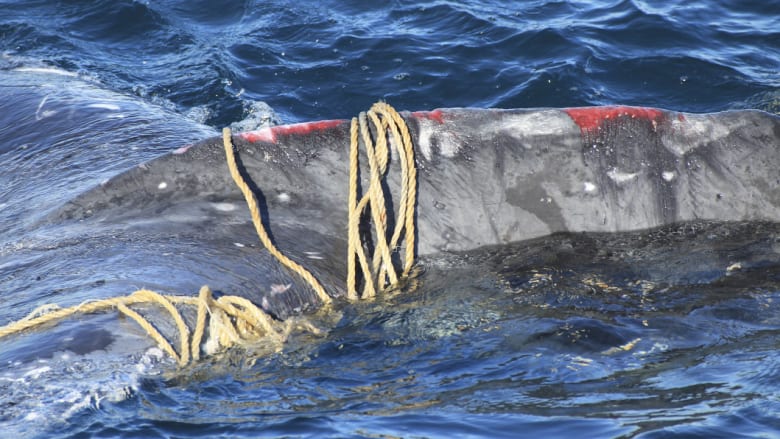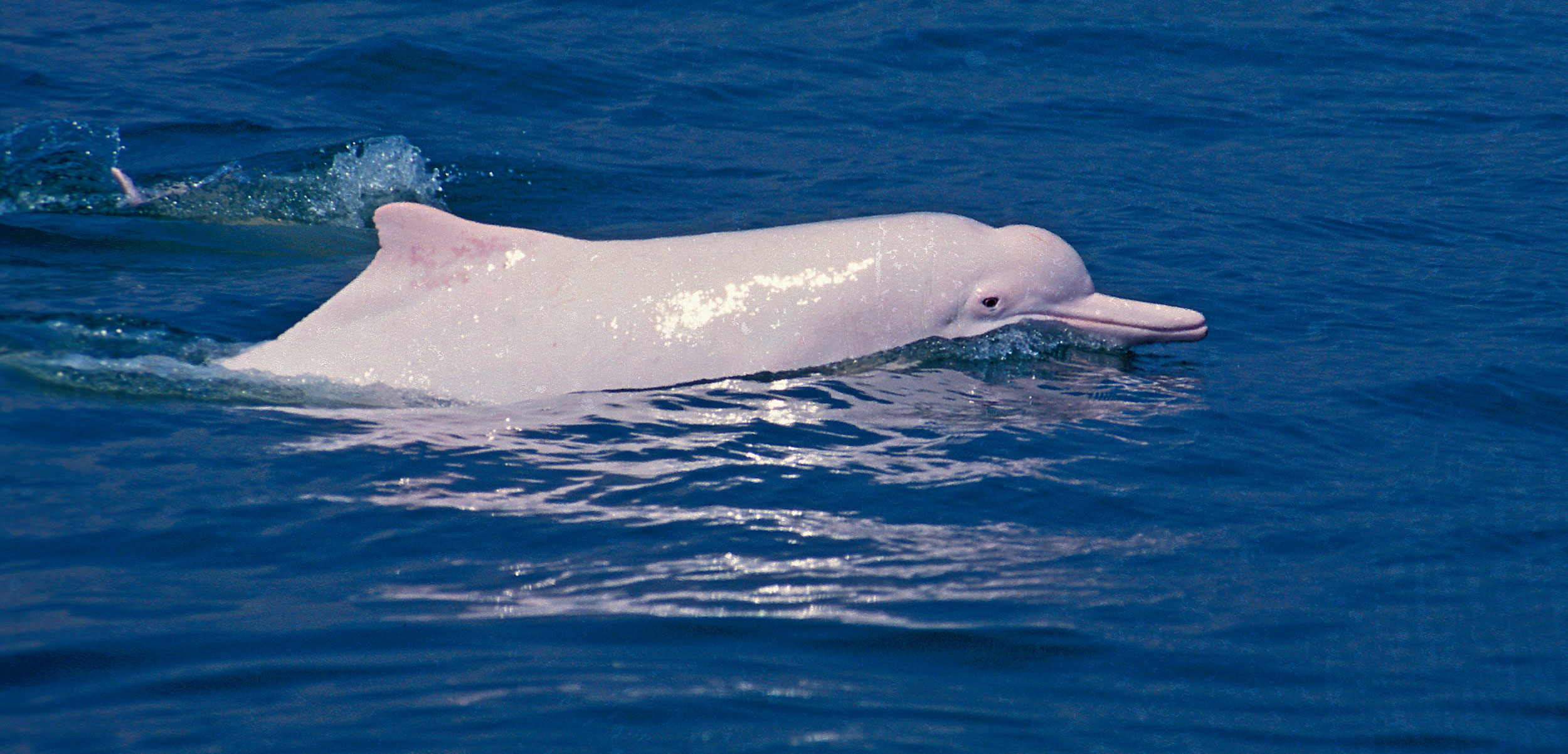Resident Orca have Come and Gone
Some of the Southern Resident Orca forayed into upper Georgia Strait last Wednesday (Sept. 5th), travelling past Powell River and Comox before heading south back to their usual hunting areas in lower Georgia Strait and Puget Sound. One pod from the Northern Resident Orca -A42 pod- remained in the upper Georgia Strait and lower Sutil Channel area for two weeks and was last seen on Sunday (Sept. 9th). They probably have returned to their usual hunting areas in upper Johnstone Strait and Queen Charlotte Strait. Transient Orca have been seen in various locations, but they have been prominent in Discovery Passage on consecutive days.
Many Humpback whales remain in the area still, and they can be observed in Discovery Passage, Sutil Channel, and Georgia Strait. Many Humpbacks will remain in the area up to October and November, so there is still time and opportunities to view them. Included in our report is one sighting of Pacific White-Sided dolphins, a few sightings of Dall’s porpoise and Harbour porpoise, and one sighting of a Sea Otter.
On September 13th, it was sad to hear from Scientists that they now believe J50 (Scarlet), a young female Orca from the Southern Resident population, is dead as she was not seen travelling with other members of her pod. Scientists from Canada and the U.S. have been working together to monitor J50 and in providing medication in hopes of improving her health and her chances of survival. J50 was last seen on Friday of last week. The death of J50 leaves only 74 members of the Southern Resident Orca and furthering the need for more to be done to help preserve this group of Orca.
Keep your eyes open, report your sightings to us, and use caution on the water giving these animals plenty of room. Remember N.E.W.S. when you see a whale, meaning put your boat in NEUTRAL, ENJOY the view, WAIT till the whales are at a fair distance, and then SLOWLY leave the scene.
We appreciate and thank you for your kind donations. Donations Page
Our Cetacean Web Camera YouTube Channel is live. We’re continueing to work on resolving transmission problems causing the intermittent bouncy images from the Beach Gardens Marina camera. Our second (backup) live stream mounted in Powell River appears when the Beach Gardens camera is down. We appreciate your patience.
Our team of online Volunteers continue to do a great job in making sure all your sightings reports are mapped and published regularly. Would you like to join us?
Review our current Volunteer Job Postings
Archive Explorer navigates 10,000+ Cetacean Sightings, images, videos and audio recordings.
*Recommended for desktop browsers and newer mobile devices
Archive Explorer dives into the Coastal Cetacean world. View Cetacean sighting locations, photos and videos:
- All species including Orca, Humpback, Grey Whale or Dalls Porpoise
- Follow the endangered Southern Residents Orca in the Salish Sea
- Search for encounters with T002C2 Tumbo
- Witness a close-up Orca encounter video in Port Alberni harbour
- Follow the T010s Transients as they hunt and travel the inside passage
- Track “KC”, the ever popular Humphack’s movements this past August
- Locate any of 12,000 named locations on the BC and WA State coast
- Print custom sighting reports and maps (Coming Soon)
Archive Explorer Help Page explains many advanced functions
Send your Comments and Questions to: Archive Explorer Feedback
Sightings Open Data includes all sightings data, photos and videos, in a table you can filter and download.
Bart Rulon, a wildlife photographer and longtime orca fan, captured the event with his camera Thursday while out on a Puget Sound Express whale watching boat. (Scroll below for raw footage)
The team sighted J, K, and L pods converging near Victoria, British Columbia.
"In this day and age, the last couple years, it’s rare," said Rulon.
Rulon said seeing the whales’ gathering was exciting.
"It’s a big party whenever they have a meeting like this when the pods haven’t seen each other for a long time," he said. "It’s pretty exciting. It’s uplifting to see them happy like this because we’ve seen a lot of bad news lately."…
read on
An ailing killer whale calf that scientists have been trying to treat since August has died, scientists believe.
Ken Balcomb, head of the Center for Whale Research on San Juan Island in Washington state, said research teams declared the three-year-old female, known as J50, dead on Thursday evening.
J50 had not been spotted since last Friday.
Scientists became concerned for the southern resident killer whale in early August, when overhead photography showed she had lost 20 per cent of her body weight. The images triggered a cross-border emergency response and an unprecedented attempt to shoot the whale with doses of antibiotics.
“We know we’re not going to get a carcass, because she was so thin her body sank to the bottom for sure. We’re calling her dead as of 5 o’clock this [Thursday] evening,” Balcomb said.
“Our boat is returning with no evidence that she’s alive anywhere in the population.”
The southern resident killer whales, which are so endangered there are just 75 left, swim between Canadian and U.S. waters through busy shipping lanes….
read on
The Department of Fisheries and Oceans Canada announced Wednesday the department is initiating a 60-day comment period on creating new areas of critical habitat for the whales. One area is off the coast of southwestern Vancouver Island, including Swiftsure and La Pérouse banks (important for both northern and southern residents). The other is in Dixon Entrance, along the north coast of Graham Island from Langara to Rose Spit (important for northern residents).
The move to expand habitat protection comes on top of a reduction by the department of chinook salmon harvest by up to 35 percent for the 2018 fishing season, with a full closure of commercial and recreational fish for chinook in three key foraging areas for the southern residents: the Strait of Juan de Fuca, the Gulf Islands and the mouth of the Fraser River. These measures, enacted June 1, will continue until Sept. 30, and include increased monitoring to assess the effectiveness of the closures….
read on
Meanwhile, proposals to kill off harbor seals in Puget Sound that failed to gain traction in the past are now being taken more seriously. One of three breakout sessions during the Aug. 28 meeting of Gov. Jay Inslee’s task force to save the dwindling southern resident killer whales focused exclusively on proposals to reduce salmon predation by pinnipeds, which compete for food with fish-eating orca pods. The widely reported death of a southern resident calf, and the subsequent two weeks of grieving by its mother has increased the urgency to take drastic steps to save the southern residents. Killing pinnipeds, however, remains controversial.
Harbor seals feed more often on juvenile salmon than adults, and studies have found they eat more individual fish than any other predator. Orcas consume the most salmon biomass — they eat fewer individual salmon, but the fish they eat are older and larger. Sea lions eat less biomass than the orcas, but state resource managers say they have a particularly detrimental impact on salmon populations because they eat spawning adults at fish ladders….
read on
Seeing hundreds of these creatures together, racing after billions of baitfish, is mesmerizing.
It occurs when the food source the dolphins are hunting change direction and pods start to overlap, bringing multiple pods together in a beautiful, almost synchronized swim towards nourishment.
They work together to corral schools of small fish so that everyone gets ample food for their efforts….
read on
While, in the past, the IWC has looked at whales simply as resources, the mammals are now seen as “ecosystem engineers”, moving deep sea nutrients into the sunlight where their faecal plumes fertilise the water and help the productivity of ecosystems.
The resolution was voted on and got through in spite of opposition from Japan….
read on
Opponents of the plan argued the science didn’t support the case for a sanctuary and said that it wasn’t necessary because there isn’t any commercial whaling occurring in the South Atlantic.
The measure received support from 39 countries Tuesday at the meeting in Florianopolis with 25 opposed – falling short of the three-quarters majority to pass.
Countries like Brazil, which proposed the measure, said it would have addressed threats to the mammals beyond whaling. Humane Society International called the defeat a "bitter disappointment" and said it would have helped protect whales from entanglement in fishing gear and ship strikes.
Edson Duarte, Brazil’s environment minister, said he would not be deterred, even though the measure which has repeatedly been defeated….
read on
"They were almost defensive," says Matt Pine, a marine biologist at the University of Victoria in British Columbia, who watched the scene play out in Sanniang Bay, in southern China, in December 2014. Pine and his colleagues turned off the boat’s engine and lowered a hydrophone into the water, capturing audio of what they believe to be the sounds of dolphins grieving….
read on
The surprise sighting was not just exciting because ETP orcas rarely come this far north, but also because of the rawness exhibited in the predators’ hunting behaviors, seen up close by whale watching charters and boat captains.
"I got so excited, I forgot the people were on the boat," White said.
Steve Burkhalter, a captain aboard Dana Wharf’s OCean Adventures, has had the chance to see orcas about seven times in recent years – but Wednesday’s sighting off Dana Point was unique. He saw a large pod of common dolphins nearby, and suddenly they started stampeding, moving swiftly apart as if their lives depended on it….
read on
But the lone narwhal is not alone – it appears he has been adopted by a band of belugas.
The narwhal – thought to be a juvenile male because of its half-metre-long tusk – was filmed in July playing among a pod of young belugas, thought to be mostly or all males.
The video was taken by the Group for Research and Education on Marine Mammals (GREMM), a non-profit group dedicated to whale research, conservation and education based in Tadoussac, Que.
“It behaves like it was one of the boys,” said Robert Michaud, the group’s president and scientific director….
read on










